Snorkeling is a fantastic way to see the underwater world, and it's usually very safe. However, things can go wrong in the water, so it's important to be prepared. This guide outlines what to do if a snorkeling trip turns into an emergency. We'll cover how to prevent problems, recognize them early, respond effectively, and what steps to take afterwards. This guide offers general advice. If you snorkel often, consider getting formal training in first aid, CPR, and water rescue.

How to Spot Distress Signals While Snorkeling
Snorkeling problems can sometimes develop quickly. Being able to spot the warning signs – whether in yourself or in others – is very important because it allows for a faster, more effective response.
Signs of Your Own Distress
Listen to your body. Signs that you might be in trouble include:
- Feeling very tired, out of breath, or dizzy.
- Getting cramps, especially in your legs or feet.
- Feeling anxious or starting to panic.
- Having equipment problems, like a leaky mask, water in your snorkel, or a broken strap.
- Feeling very cold or confused about where you are.
If you notice any of these, it's time to take action calmly.
Signs of Distress in Other Snorkelers
It's just as important to keep a close watch on your buddy and any other snorkelers nearby. Here are key things to look for:
Signs of an Active Drowner
This person is fighting to stay afloat and breathe.
- They might be thrashing their arms, trying to push down on the water.
- Their head may be tilted back, with their mouth just at the water level.
- They usually can't call or wave for help because all their effort is going into breathing.
- They'll often be upright in the water, with little or no kicking.
Signs of a Passive Drowner
This person is not moving and needs help immediately.
- They might be face down on the surface or have sunk below.
- They appear limp and unresponsive.
- If they're on the surface, they might just look like they're looking down, but they aren't moving.
Other Warning Signs
These indicators suggest someone might be experiencing difficulty or heading towards a more serious problem:
- Clinging to something for support.
- Waving their arms or shouting for help (if they still can).
- Not moving much or making no progress.
- Looking panicked (wide eyes, fast breathing).
- Not responding to signals or communication.
Noticing any of these signs quickly in another person is key to providing timely assistance.

How to Respond to In-Water Emergencies
When something goes wrong in the water, the most important thing is to stay calm and act methodically.
If You Are in Distress (Self-Rescue)
If you find yourself in trouble, your immediate actions are crucial. Follow these steps:
Stop and Stay Calm:
The first and most critical step is to stop any activity that might be making things worse. Focus on controlling your breathing with slow, deliberate breaths. Actively resist the urge to panic.
Float:
To conserve energy, lie on your back. This also helps keep your airway clear. Alongside this, ensuring your snorkel mask fits well to prevent leaks is key. If you have a snorkel vest or other flotation device, make sure it's supporting you.
Signal for Help:
Alert your buddy immediately. If they aren't close by, use your whistle (three sharp blasts is a common distress signal) or wave one arm if possible. Shouting can also attract attention.
Assess the Problem and Act:
Once you feel a bit calmer and have signaled for help, try to identify what's wrong and take appropriate action:
- If it’s an equipment issue, such as a flooding mask or water in your snorkel, attempt to adjust your gear or clear your snorkel.
- For a cramp, gently try to stretch the affected muscle. For example, for a calf cramp, pull your toes towards your shin.
- If you're experiencing fatigue, rest while floating. Once you've recovered some energy, slowly make your way towards the nearest safe exit or your boat.
How to Help Someone Else in Distress
If you see your buddy or another snorkeler in trouble, your assistance can be vital, but you must proceed with caution.
Prioritize Your Own Safety:
This is paramount. Do not become a second victim. Quickly assess the situation and ensure you can help without putting yourself in serious danger. If the conditions are too risky for you, your priority is to get help from others.
Alert Others Immediately:
Signal for help from anyone on shore, on nearby boats, or other snorkelers. Use loud shouts, your whistle, or wave your arms clearly to indicate an emergency.
Approach with Caution:
If the person is conscious and panicking, they might instinctively grab onto you, which could pull you under. If it's safe and you are trained to do so, try to approach them from behind. Talk to the person constantly, reassuring them that help is on its way and telling them what you need them to do (e.g., "I'm here to help," "Try to relax, I've got you").
Provide Flotation:
The main goal is to help the distressed person stay afloat. Use the "Reach, Throw, Row, Go" sequence, in this order of preference:
- Reach: If the person is close, extend a rescue tube, paddle, towel, fin, or any buoyant object towards them from a secure position.
- Throw: If they are a bit further away, toss them a PFD (Personal Flotation Device), ring buoy, or other flotation aid they can grab.
- Row: If you are in a small craft like a kayak or paddleboard, carefully maneuver your boat closer so they can hold onto it.
- Go (Last Resort and Trained Individuals Only): Physically entering the water to tow someone is dangerous and requires specific water rescue training. Only attempt this if you are trained, it's the absolute last resort, and you are confident you can manage the tow while keeping their airway clear.
Specific In-Water Problems and How to Handle Them
Certain common snorkeling problems require specific responses:
Lost or Separated from a Buddy:
- First, stay calm. Surface and look around carefully for about a minute.
- Use your whistle or the pre-agreed signal for separation.
- If you don't find your buddy quickly, proceed to your emergency meeting point or the nearest safe exit. Do not continue searching indefinitely alone.
- Once you are safely out of the water, if your buddy is still missing, alert lifeguards or authorities immediately.
Carried by a Current:
- The key is not to panic or fight the current by trying to swim directly against it; this will exhaust you.
- Instead, swim perpendicular (sideways) to the current's flow, or diagonally with it towards the shore.
- If you cannot make progress, focus on staying calm, floating to conserve energy, and continuing to signal for help.
Marine Life Injury (Stings or Bites):
- Exit the water calmly and quickly. Panic can worsen the situation.
- If possible without further risk, try to identify the creature responsible, as this helps with correct first aid.
- Once out of the water, the priorities are to control any bleeding, treat for shock, and seek medical attention promptly.
Hypothermia (Becoming Dangerously Cold):
- Be aware of the signs: persistent shivering, numbness (especially in fingers and toes), confusion, or bluish lips/skin.
- Exit the water immediately.
- Remove wet clothing as quickly as possible and replace it with dry layers. Warm the person gradually. Avoid rubbing the skin vigorously.
A clear head and the decisive actions outlined here are crucial during any in-water incident. Knowing these responses helps you to act effectively when moments count, paving the way for the next steps once safely out of the water.
Successfully managing the immediate in-water situation, as covered previously, is a critical achievement. However, once everyone is safely out of the water, a new set of essential actions begins on land to ensure well-being and address any consequences. Proper care at this stage is vital.

Safe Removal from the Water
Assist the person to shore or onto a boat. Handle them gently, particularly if an injury is suspected, or if they are very weak or unresponsive. If there's any chance of a back or neck injury, it's very important to keep their head, neck, and back as still as possible during removal and afterwards.
First Aid and Medical Attention
Once ashore, immediate first aid and a decision on further medical help are priorities.
Check ABCs (Airway, Breathing, Circulation)
First, quickly assess the person's Airway, Breathing, and Circulation (ABCs). Make sure their airway is open and clear. Check if they are breathing normally. If the person is unresponsive and not breathing, and you are trained, begin CPR immediately. Have someone else call emergency medical services (EMS) without delay (e.g., 119 in Japan, or the local equivalent).
Treat for Shock
After any serious incident or significant injury, a person can go into shock, which is a life-threatening condition. Lay the person flat on their back. If no spinal injury is suspected, you can elevate their legs slightly (about 20-30 cm). Keep them warm using a blanket, towel, or dry clothing.
Manage Specific Injuries
Address any specific injuries with appropriate first aid:
- Cuts and Abrasions: Clean these well with fresh water. If available, apply an antiseptic and cover with a sterile bandage or clean cloth.
- Jellyfish Stings: For many types, rinsing the area with vinegar for at least 30 seconds can help. If vinegar isn't available, use seawater (avoid fresh water, as it might worsen stings from some species). Carefully remove any visible tentacles using tweezers or a gloved hand, being sure not to rub the area. Soaking the affected skin in hot water (as hot as can be comfortably tolerated without scalding, typically 43-45°C) for 20-45 minutes can also be very effective for pain relief.
- Puncture Wounds (e.g., from sea urchins or stingrays): For sea urchin spines, soak the affected area in hot water to help with pain and to potentially neutralize some toxins. Do not attempt to dig out deeply embedded spines yourself, as this can cause them to break off and lead to infection; seek medical help for their removal. For stingray injuries, which can be very serious, also soak in hot water for pain relief, control bleeding, and seek immediate medical attention as the barb may need surgical removal.
Seek Professional Medical Evaluation
It's very important to get professional medical advice in several situations, even if the person seems to have recovered:
- Always after a near-drowning incident. A doctor needs to check for potential delayed complications like "secondary drowning" (where breathing problems can develop hours later).
- For any significant injuries (large cuts, deep punctures, suspected fractures), suspected hypothermia, or if the person has any breathing difficulties.
- If you are unsure about the severity of an injury or how to treat it, it's always best to err on the side of caution and see a doctor.
Report the Incident
Once the immediate medical needs are addressed, inform lifeguards, tour operators (if applicable), or other relevant authorities about what happened. Provide a clear and factual account. This information helps them manage the situation and can contribute to safety measures for others in the future.

Important Emergency Contacts
In an emergency, quick access to the right support can be vital. Research and save these essential contacts before you go snorkeling:
Local Emergency Number:
This is your primary contact for immediate help (e.g., 911 in the US, 112 in Europe). In Japan, dial 119 for an ambulance or fire department, and 110 for police. Always confirm the specific local emergency number for your snorkeling destination well in advance.
Coast Guard / Marine Rescue:
For incidents that occur further from shore or in major waterways, these services are crucial. Know their contact number if you are boating to your snorkel spot or snorkeling in an area they patrol. In Japan, the Coast Guard emergency number is 118.
DAN (Divers Alert Network):
DAN offers 24/7 emergency medical advice and can provide assistance for various water-related incidents, including those that might affect snorkelers.
Local Lifeguard Station / Tour Operator:
If you're snorkeling at a beach with lifeguard services, make sure you have their contact information or know their location. If you are part of a guided tour, keep the tour operator's emergency contact details and be aware of their emergency procedures.

Strengthen Your Snorkeling Safety
Every time you snorkel, you learn something. If an unexpected event occurs, review it. What went right? What could be done better next time? This ties back to the preventative measures and readiness we've discussed, which includes ensuring all your gear, like your snorkel set, is in good condition. Consider taking courses in first aid, CPR, or water rescue. By taking safety seriously and always preparing, you make sure your snorkeling adventures remain enjoyable.

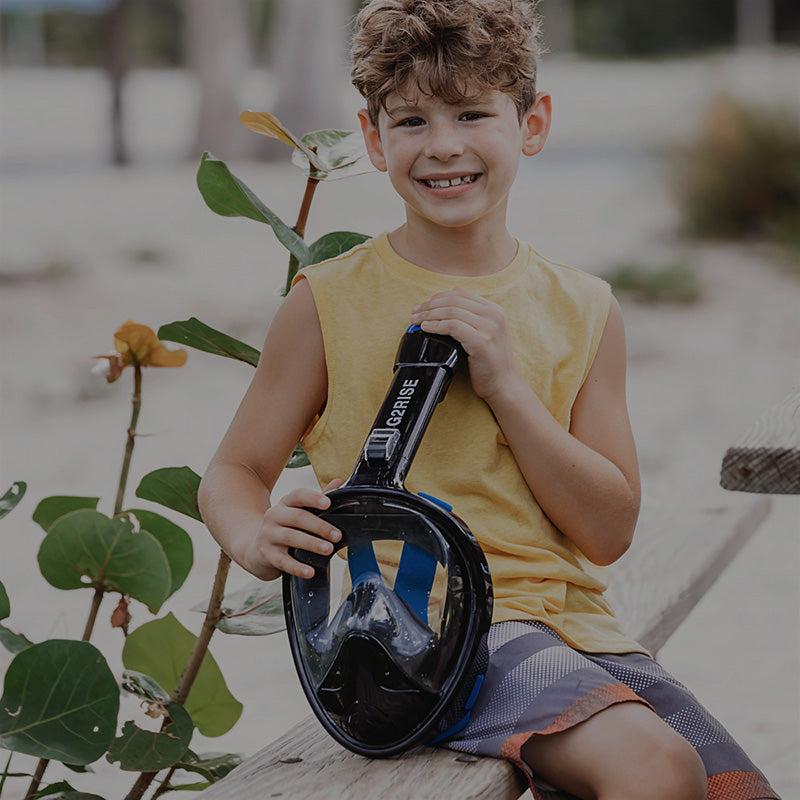
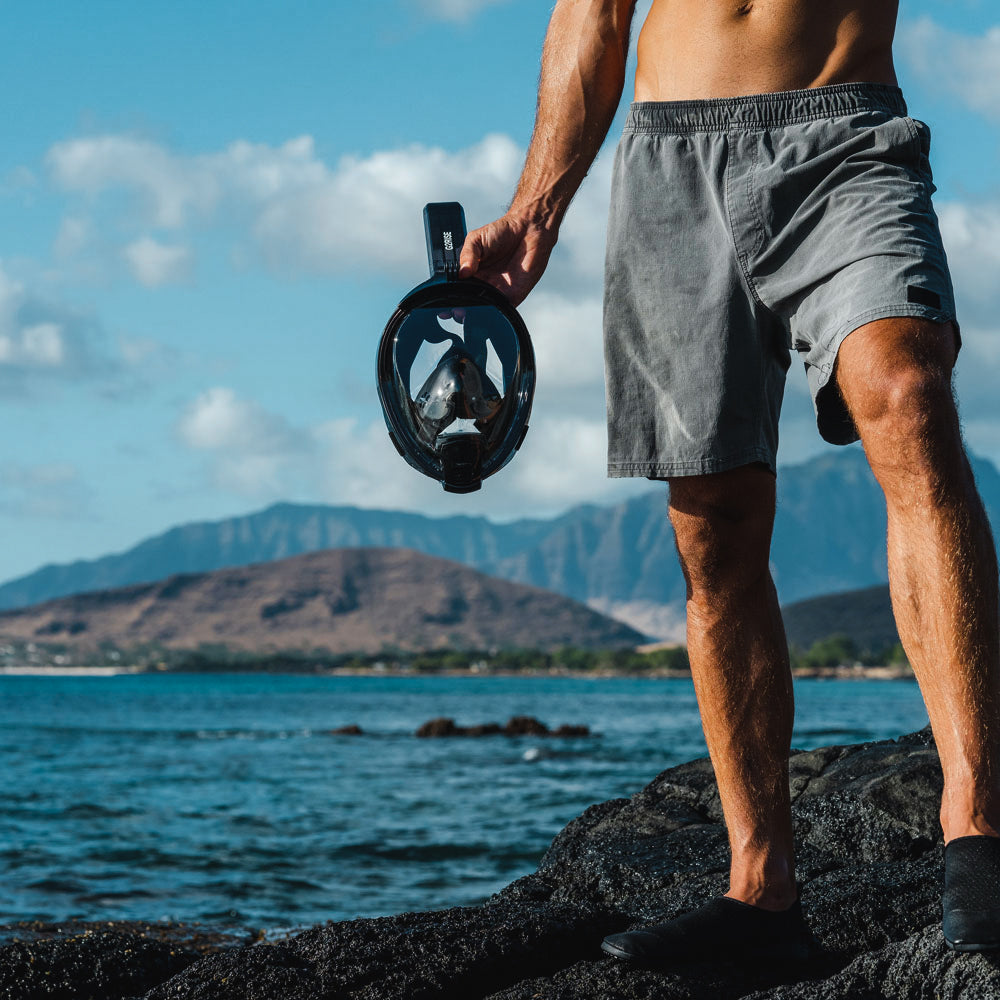

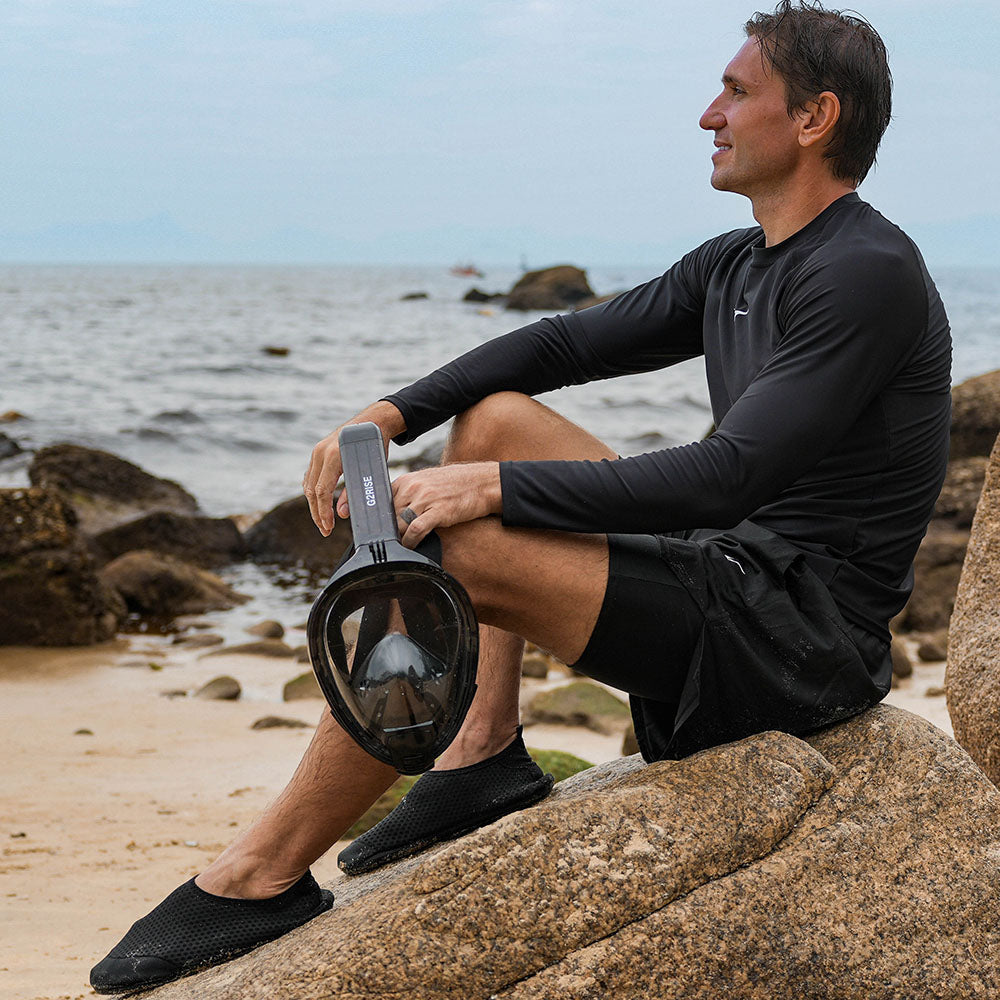

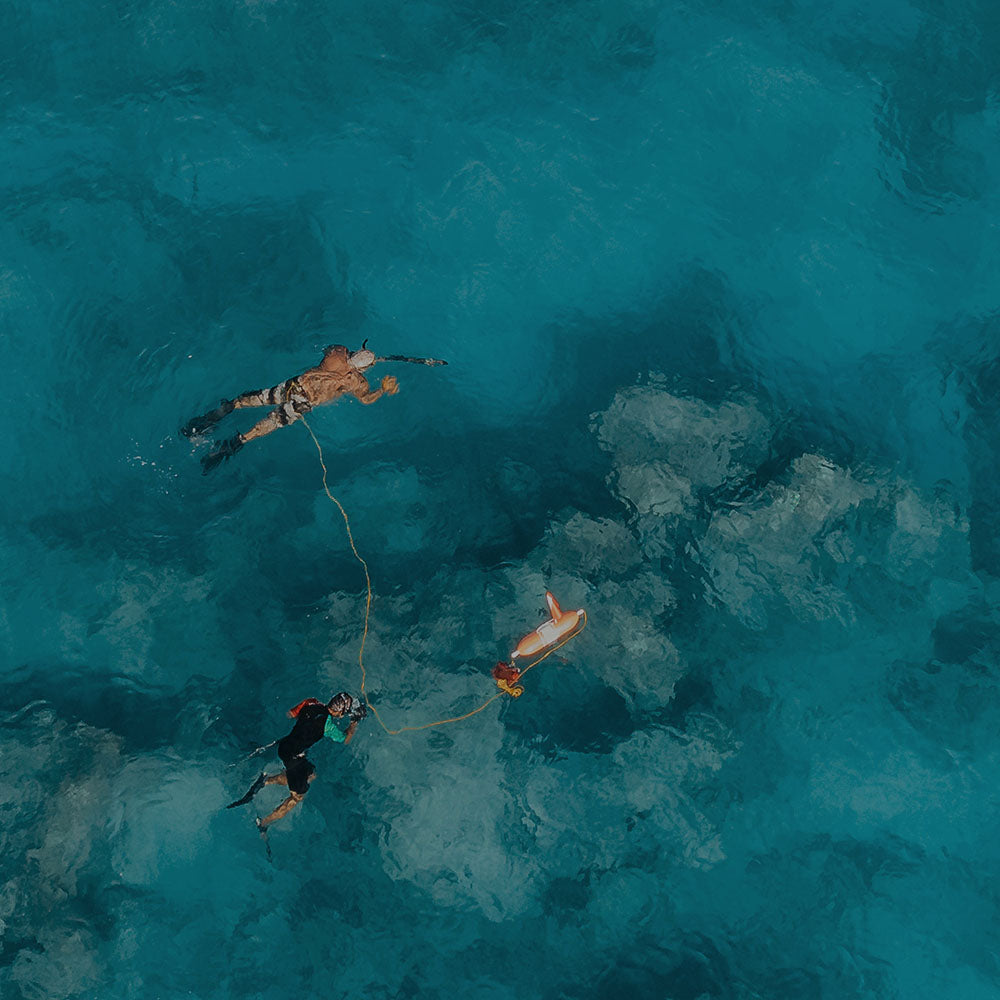

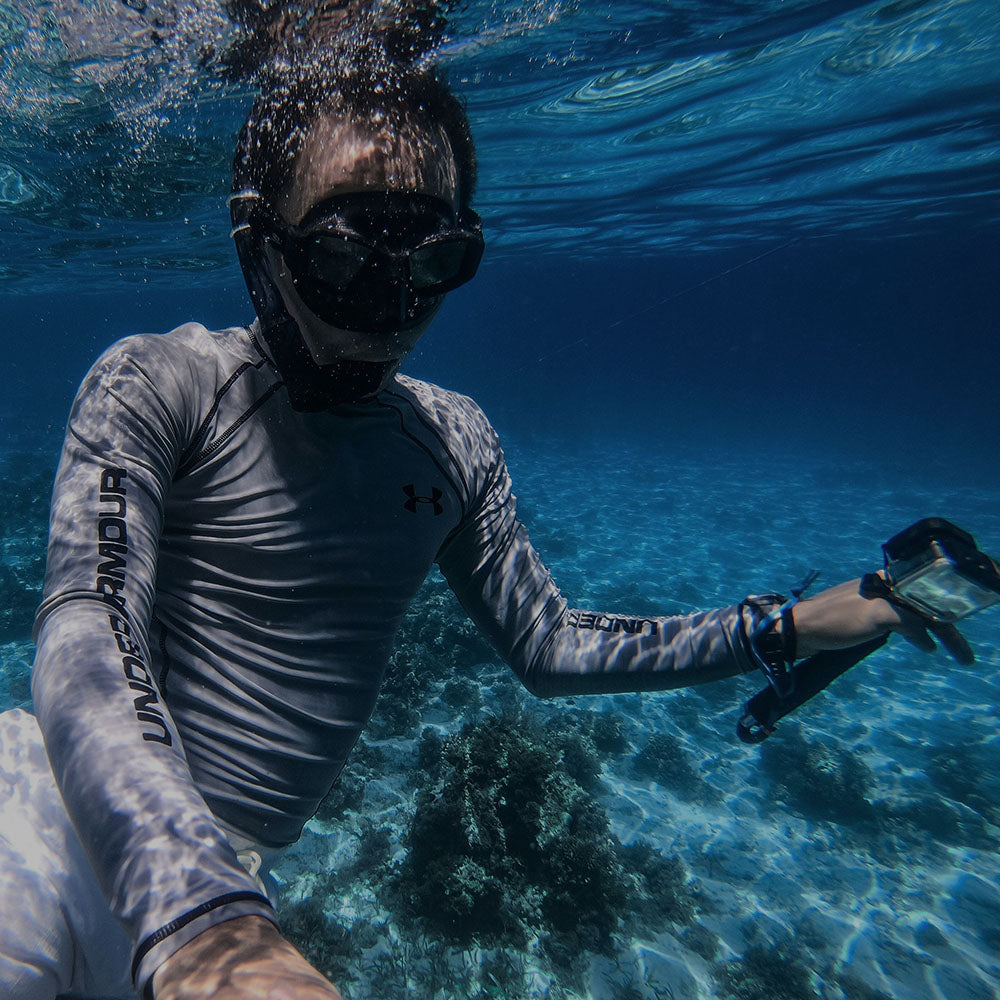
Leave a comment
This site is protected by hCaptcha and the hCaptcha Privacy Policy and Terms of Service apply.